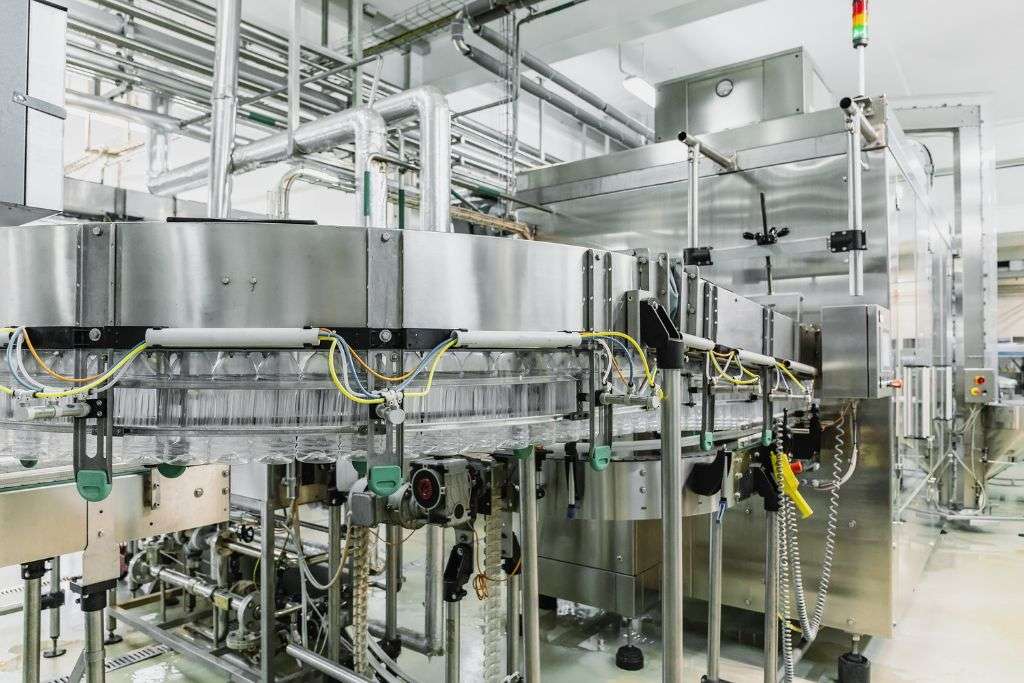
Feb 22,2024
Industrial machines play a vital role in modern manufacturing and production processes. They are the workhorses that enable efficiency, precision, and increased productivity across various industries.
But have you ever wondered how these impressive machines are made? Join us on a captivating journey as we unveil the magic behind creating industrial machines. We will delve into industrial machine manufacture, equipment, machinery, and tools, covering everything from the birth of automation solutions to crucial maintenance advice.
Industrial machines result from careful planning, engineering, and manufacturing processes. Let's delve into the critical steps involved in bringing these machines to life:
The journey of creating an industrial machine begins with an idea. Manufacturers, engineers, and designers collaborate to conceptualize the machine's purpose, functionality, and specifications.
They consider the desired output, efficiency, safety, and industry-specific requirements.
Automation solutions have revolutionized the manufacturing industry. These innovative technologies enhance productivity, accuracy, and efficiency.
Industrial machines can perform complex tasks using programmable logic controllers (PLCs), sensors, and robotics with minimal human intervention. Manufacturers integrate automation solutions into the design of the machines, ensuring seamless operation and improved performance.
Precision is the hallmark of industrial machine manufacturing. Cutting-edge manufacturing processes, such as computer numerical control (CNC) machining, make producing complex parts exceptionally precisely possible. CNC machines use computer-controlled tools to shape and
form metal, plastic, or composite materials, ensuring consistency and high-quality output.
Once the components are manufactured, the assembly process begins. Skilled technicians meticulously assemble the various parts, following precise instructions and engineering drawings.
Integrating electrical, mechanical, and electronic components ensures the machine functions as intended.
Maintaining industrial machines is essential for their longevity, performance, and safety. Here are some valuable tips to keep these machines running smoothly:
Regular inspections make it possible to identify possible problems early on.
Check for wear and tear on the machine's parts, including the bearings, belts, and gears. The machine's longevity increases, friction decreases, and overheating is avoided with proper lubrication of the moving parts.
Over time, dust, debris, and dirt can build up and impair the machine's functionality. It is essential to clean the machine's inner and exterior parts regularly.
Also, implementing a preventive maintenance schedule ensures timely servicing, calibration, and replacement of worn-out parts, minimizing the risk of unexpected breakdowns.
Proper training of machine operators is paramount to prevent misuse and accidents. To avoid overuse and accidents, machine operators must receive the necessary training. Operators should all fully understand the machine's operating principles, safety precautions, and emergency protocols.
Implementing safety measures, such as protective guards, emergency stop buttons, and warning signs, contributes to a secure working environment.
Industrial machine manufacturers play a vital role in shaping the manufacturing landscape.
These innovation pioneers continually push boundaries to deliver cutting-edge machines tailored to industry-specific needs. They invest in research and development, leverage advanced technologies, and collaborate with experts to create machines that redefine efficiency and productivity.
Many equipment, machinery, and tools contribute to manufacturing industrial machines. These building blocks are essential in creating reliable, high-performance machines. Some notable examples include:
Welding machines: Used for joining metal components together through fusion.
CNC machines: Employed for precision machining and fabrication of parts.
Cutting tools: Including drills, saws, and milling machines for shaping materials.
Electrical components: Motors, switches, and relays enable the machine's electrical functionality.
Testing and inspection equipment: Used to ensure the quality and performance of the finished machines.
Industrial machines result from innovation, precision manufacturing, and the integration of advanced technologies. Creating these machines requires expertise and meticulous attention to detail, from the conceptualization and design phase to the integration of automation solutions.
Their durability and best performance are ensured by routine maintenance and respect for safety precautions. The future of industrial automation and machinery is full of exciting possibilities as long as makers of industrial machines keep pushing the boundaries of innovation.
A1: The manufacturing time can vary depending on the complexity and size of the machine. It can range from several weeks to several months.
A2: Some common challenges include maintaining precision and accuracy during manufacturing, ensuring compatibility of different components, and meeting industry-specific regulations and standards.